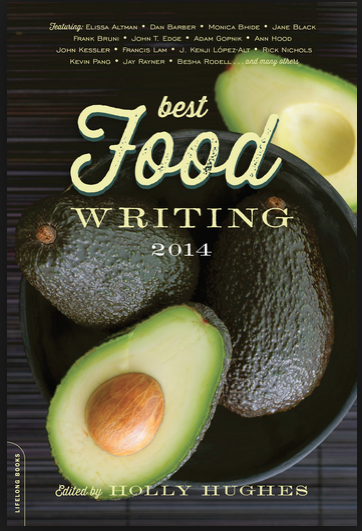I am not an adventurous eater. I can’t handle even mild spice. Sushi makes me gag. But because I live in Los Angeles, I didn’t need to be.
Jonathan Gold did all the eating for the whole city. I would listen to him on Good Food and wonder how many restaurants in the San Gabriel Valley that he had been to and if it was close to 100% of them. I would skim his Gold List and be amazed at the width and breadth of it.
But setting aside the food, the two things that I hope to always carry with me, are his enthusiasm and positivity. That genuine food lust wasn’t loud or boisterous but it was poetic and very descriptive. Pick a random review either in print or audio and words will start to fly at you. It is almost as if he was describing the feel of the dining room as he was eating.
The lack of (in a good way) of purely negative reviews is something that I have latched onto as well. Is there bad food and bad beer, yes? Should one write about them? Probably, but as has been said of Michael Jackson and his beer writing, the omissions said all one needed to know about any faults. I would rather steer someone towards the good as opposed to penning a vitriolic post.
L.A. got lucky to have Mr. Gold around searching out food adventures and his insight will be sorely missed. But I do believe that others, like me, have taken their favorite aspects of his writing to use when they sit down to write about whatever their passion is,and that will keep L.A. food and beverage writing truly Gold-en.

